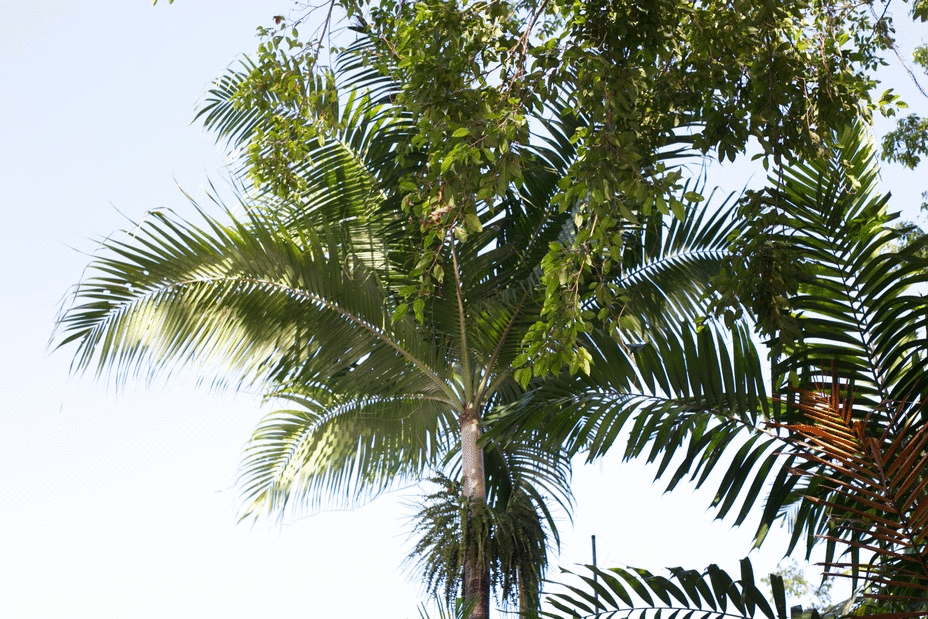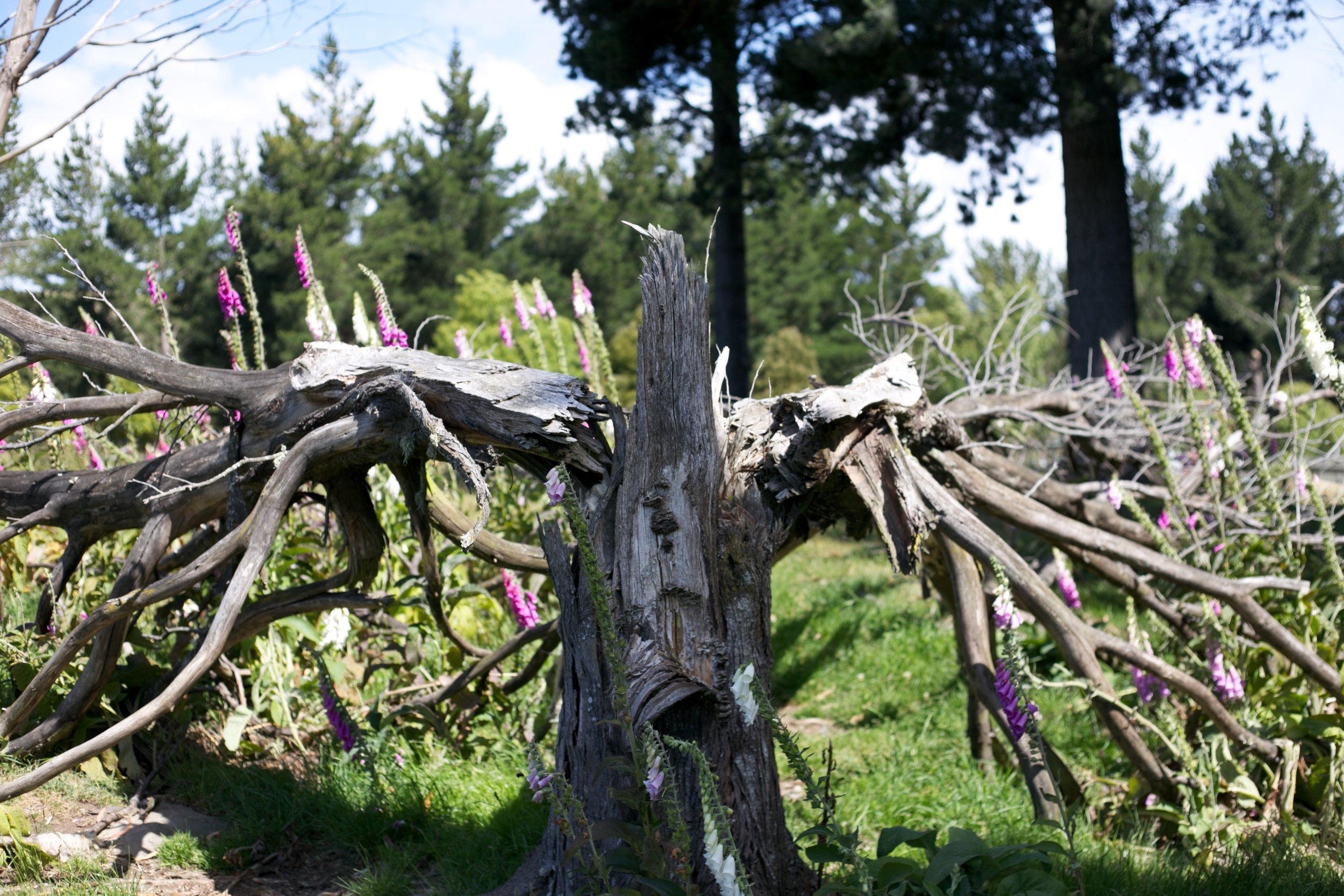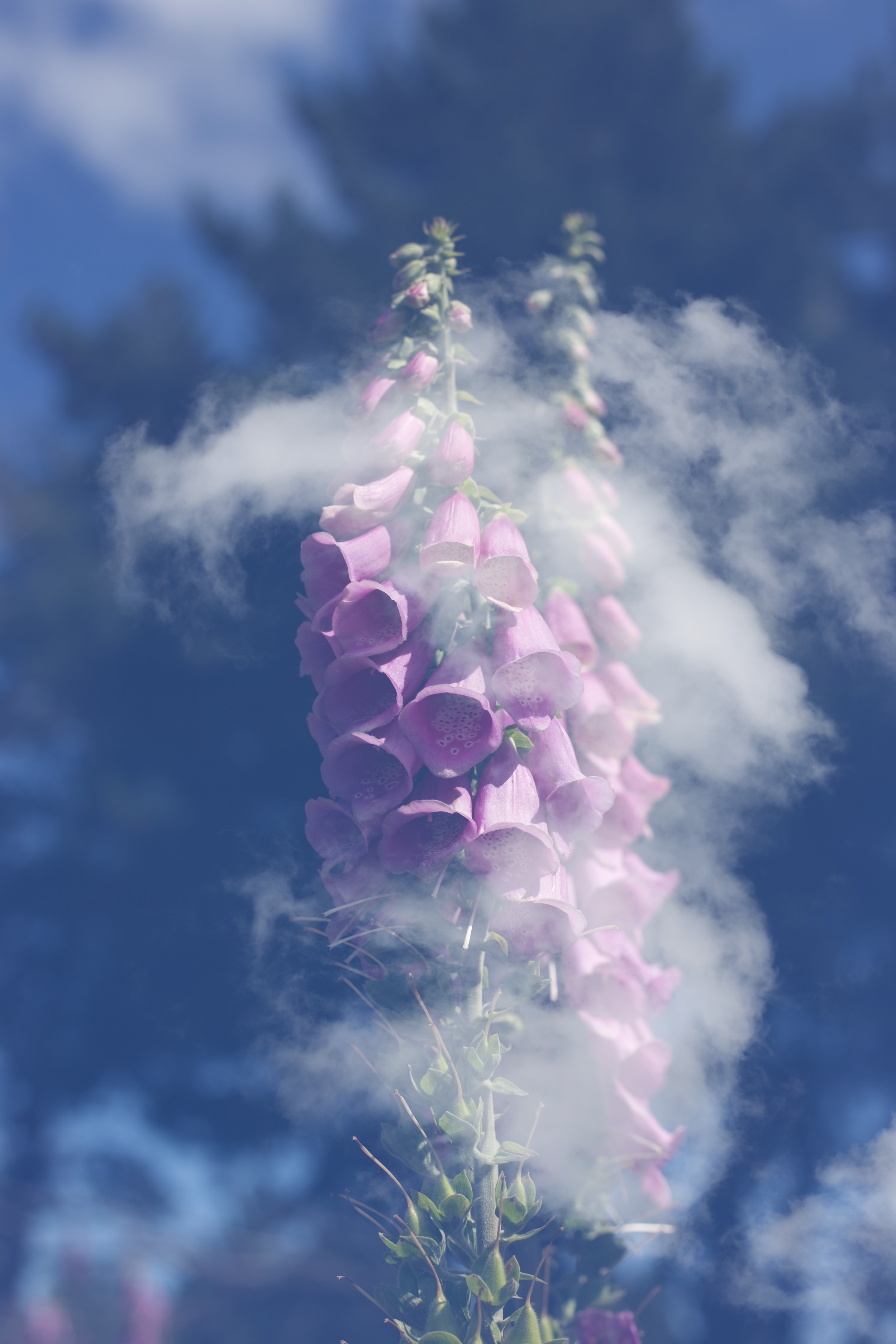AUSTRALIA
is
WONDER FULL
The vines of the fig trees, like roots out of earth.
My Grandpa feeding the crows.
Air conditioning - old fans rattling.
White sand beaches.
Straw hats. Light filtering through the cracks onto my face.
Opening the car window to a deafening noise: birds, cicadas, the tumult of the jungle.
Looping jungle rivers laden with crocs.
Sweat.
High rise buildings and dead palm fronds.
Picking up the moon jellies, and swimming in a sea of stingers.
Low hanging clouds, dense on the hills.
Field after field of sugar cane rows.
That time the villagers chased a poisonous snake out of the village.
Skateboarders on concrete sidewalks.
The air so humid it feels like an indoor swimming pool.
Squeak of the screen door.
Ants along the pavement.
Currents of blue in a wide ocean.
Sweet tropical fruit: dragon . lychee . star.
Swirling clouds of a thousand bats over the city at dusk.
The children of Yarrabah, riding bareback on stray horses.
Cockroaches and a praying mantis.
Heat.
Surfboard paradise.
Two young girls playing on the swings by the sea, and talking to me of their ancestry.
Critters: snakes . crocs . koalas . free roaming kangas.
Sleeping with only one thin cotton sheet. Still being hot.
Water, water everywhere - in rivers, falls, ocean and air.







































